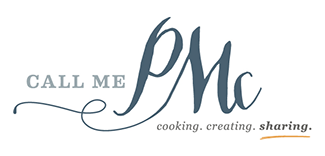Slicing, dicing superstars: Best Kitchen Knives
This post may contain affiliate links that won’t change your price but will share some commission.
Slicing, dicing superstars: Discover the best kitchen knives.
As any home cook will tell you, nothing makes cooking more pleasurable than a set of great kitchen knives. They’re the unsung heroes of the kitchen, transforming the potential drudgery of day-to-day cooking into a pleasurable experience you actually look forward to. Discover the three types of knives you really need and the specific knives I recommend.
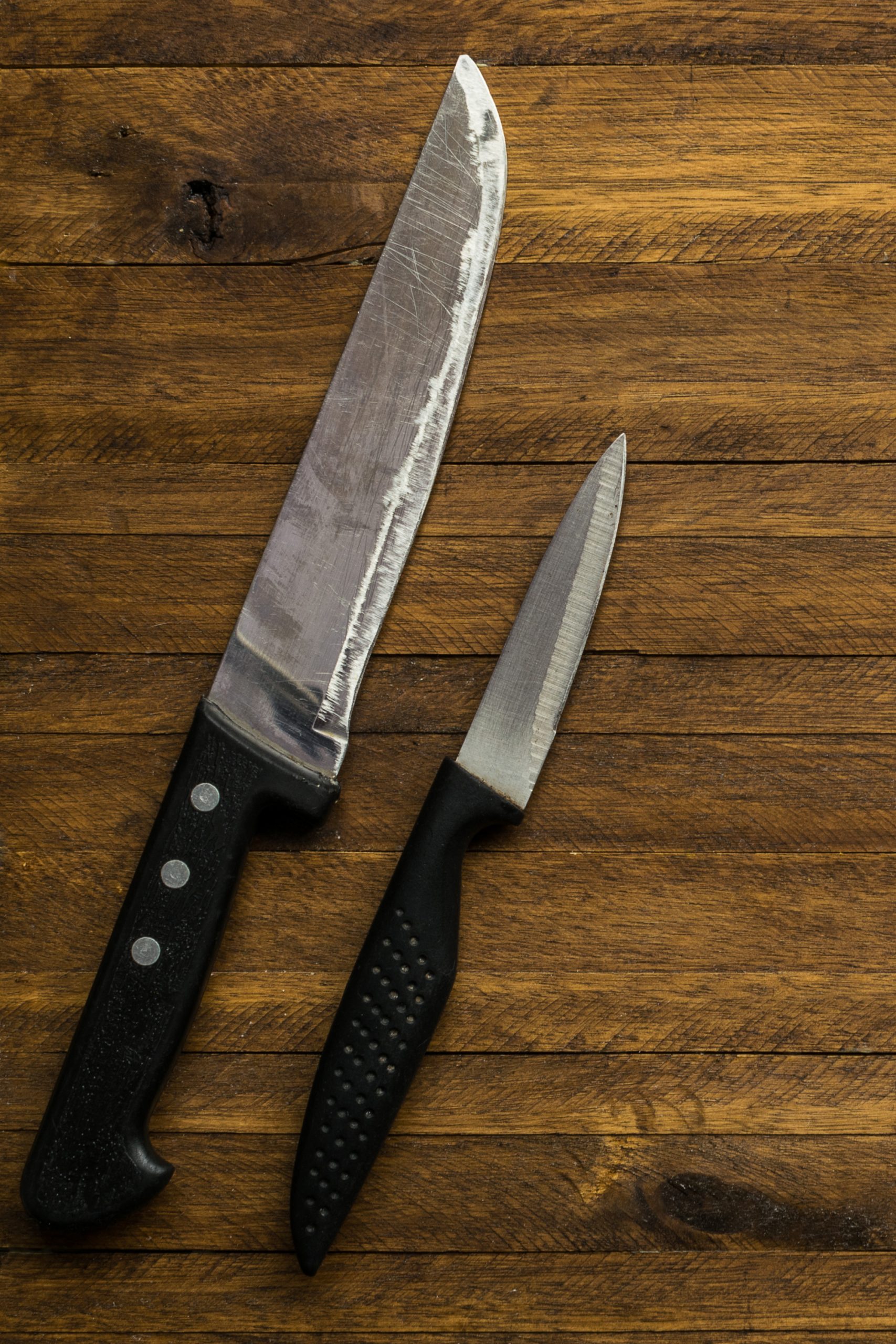
From effortlessly dicing onions to delicately filleting fish, having top-notch versions of the three essential kitchen knives — chef’s knife, paring knife and serrated knife — empowers you to unleash your culinary creativity.
I don’t recommend buying kitchen knives in sets, and here’s why:
- Quality, not quantity: Sets often contain several knives you’ll rarely use. It makes more sense to invest in a few high-quality knives that cater to your specific needs. Start with the three basic knives — and then add specialty knives as needed.
- Personal preference: Buying knives individually allows you to choose each one based on what feels and works best for you.
- Maintenance and longevity: Some knives in a set may wear out or break before others, especially if you use them more often. Buying knives individually allows you to replace specific knives as needed.
Here is a rundown of the three knives you really need and my picks for each category.
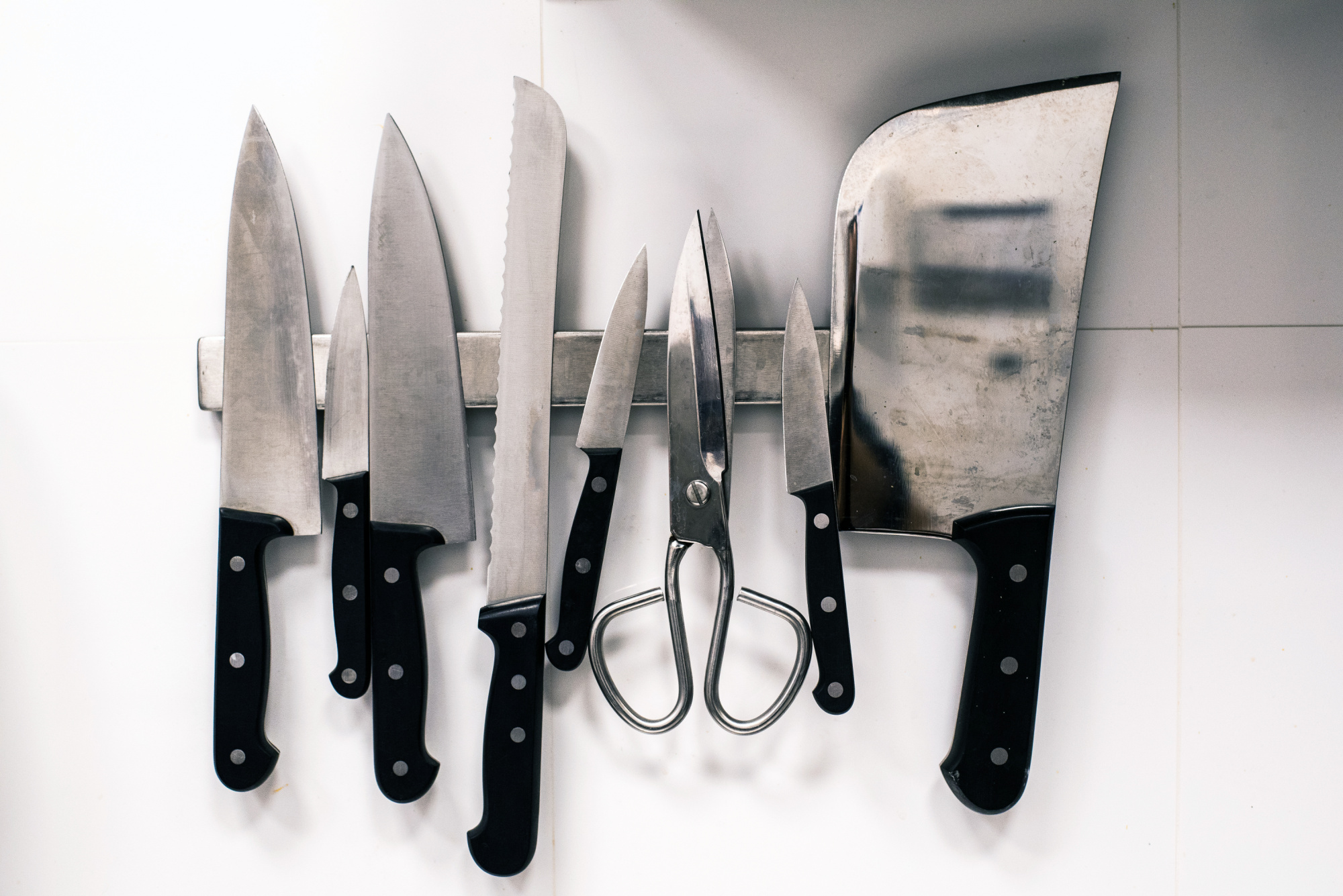
Jack of all trades: The chef’s knife
A good chef’s knife should be your first purchase as this is your workhorse, the knife you’ll reach for most often. Here are a few of the many ways you’ll use a chef’s knife:
- Chopping: It’s the go-to tool for chopping ingredients like onions, tomatoes, bell peppers or apples.
- Slicing and dicing: Its long, straight edge can easily slice or dice foods like cheese, sausages or potatoes.
- Mincing: Whether it’s garlic, ginger, herbs or shallots, a chef’s knife can quickly mince them into very fine pieces.
- Carving and slicing meats: Its large, substantial blade can carve roasts or slice meats into thin, even pieces.
- Crushing: The side of a chef’s knife can be used to crush food items, like garlic or lemongrass, to release their flavors.
Wüsthof Classic 8-Inch Chef’s Knife
Wüsthof is often heralded as one of the top knife brands for home chefs, and their rock-solid, razor-sharp 8-inch chef’s knife is no exception. This sturdy, versatile superstar dices, slices, minces and juliennes with ease. It can even break down a chicken without breaking a sweat.
The blade is forged from a single block of high-carbon stainless steel, which is what makes it so durable. And thanks to advanced tempering technology, this blade will stay sharp for ages. A full tang (meaning the blade runs all the way through the handle) gives it both strength and balance.
I love the perfectly balanced weight and how good the 5-inch ergonomic handle feels in my hand.
Shun 8-inch Classic Blonde Chef’s Knife
Shun’s beautiful chef’s knives effortlessly slice through everything from tomatoes to steak. Crafted with a delicate curve, their blades work well with a rocking-style cutting technique, and the slightly dimpled face prevents food from sticking to the side of the blade.
The forged stainless steel blades are stain-proof, rust-proof, stick-resistant and flexible. The handle is made of resin-treated birch, and it feels great in my hand, making this the most-used knife in my kitchen.
If you want something a bit more delicate, the Shun Classic 6-Inch Chef’s Knife has a smaller version of the same blade and a handle perfectly designed for smaller hands.
Misen 8-Inch Professional Chef’s Knife
If you’re not ready to splurge on Wustoff or Shun, the exceptionally affordable Misen 8-inch chef’s knife won’t disappoint. For me, this knife combines the best features of Eastern and Western design to make a great budget-friendly alternative that can hold its own in terms of performance.
Paring knife: One great knife for all your detail work
Paring knives are small, versatile kitchen knives you use mostly for peeling, slicing, trimming, shaping and other precision tasks. They usually have slim, pointed blades that are 3 to 4 inches long, making them your go-to tool for close, intricate work that’s hard to achieve with larger knives.
Here are a few ways you’ll use a paring knife in your kitchen:
- Peeling or paring: Its thin blade and pointed tip make it perfect for peeling an apple or removing the eyes from a potato.
- Detailed cuts: It’s great for making small, precise cuts like when you hull strawberries or devein shrimp.
- Sectioning and trimming: It’s great for sectioning citrus fruits or trimming fat off of meat.

MAC Knife Professional Paring Knife
The Japan-made MAC Knife Professional Paring Knife is a great option at a reasonable price. The 3.25-inch carbon steel blade is razor-sharp, strong and elegant. If you have a smaller hand like me, you’ll appreciate the slightly downsized handle.

Shun knives are always good investments in my book, and their classic 3.5-inch classic paring knife is no exception. It features a gorgeous Damascus-clad blade that’s seriously sharp and incredibly durable. The sturdy handle has a classy, sleek look and feel that I love. I could peel apples with it all day.

Wüsthof Classic Ikon Paring Knife
Again, I always love a Wüsthof. Their Classic Ikon Paring Knife is a bit pricy, but I think it’s totally worth the money. Its 3.5-inch, high-carbon, stainless steel blade is durable, sharp and ergonomically designed, making it a joy to hold.
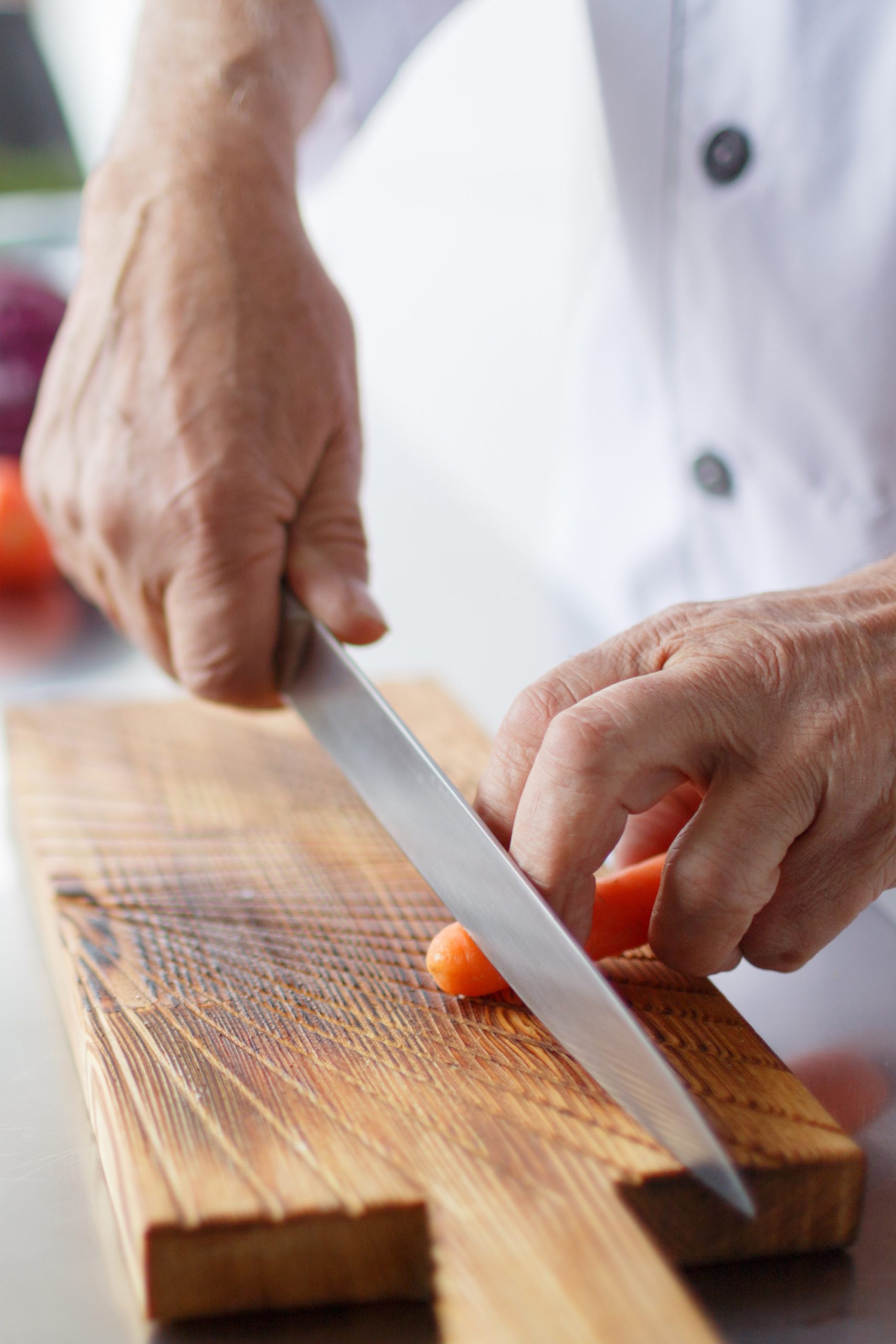
The niche knife you need: The serrated bread knife
You may think quality doesn’t matter so much for a serrated knife, but, well, you’d be wrong. A good, solid serrated knife is not only pleasant to use, but also less likely to result in bloodshed than a cheap substitute.
Sure, a serrated knife is designed for a limited number of tasks — namely slicing bread and soft fruits or veggies like tomatoes — but they’re tasks you likely do quite often. You can get by without a filet knife or carving knife, but in my mind, a serrated bread knife is a necessity.

Shun Classic 9-Inch Bread Knife
I admit I’m somewhat of a die-hard Shun fan, but I promise you that my devotion is warranted. Their 9-inch bread knife lives up to the brand’s reputation in every way. It feels great, it looks great and it excels at its one big job — slicing bread, whether a crusty batard or a loaf of soft white sandwich bread. It even glides through an almost-too-ripe summer tomato.
The one downside of the Shun bread knife is its hefty price tag, but it’s comforting to know that Shun will always hone the knife for free.

Victorinox Swiss Army 10.25-Inch Serrated Bread Knife
Since serrated knives are difficult to sharpen, they’re often seen as short-term investments. If you don’t want to drop a bundle on a knife that may not see you through to old age, this Victorinox is an affordable alternative.
I like this one’s sturdy, slightly curved blade because it can be used for a multitude of tasks, from the obvious bread slicing to meat carving and more.

Mercer Culinary Millennia M23210 Wavy-Edge Bread Knife
Even more of a bargain than the Victorinox, this inexpensive knife is sturdy and sharp enough to make slicing bread a breeze. I found it works equally well to slice squishy tomatoes or saw through watermelon rind.
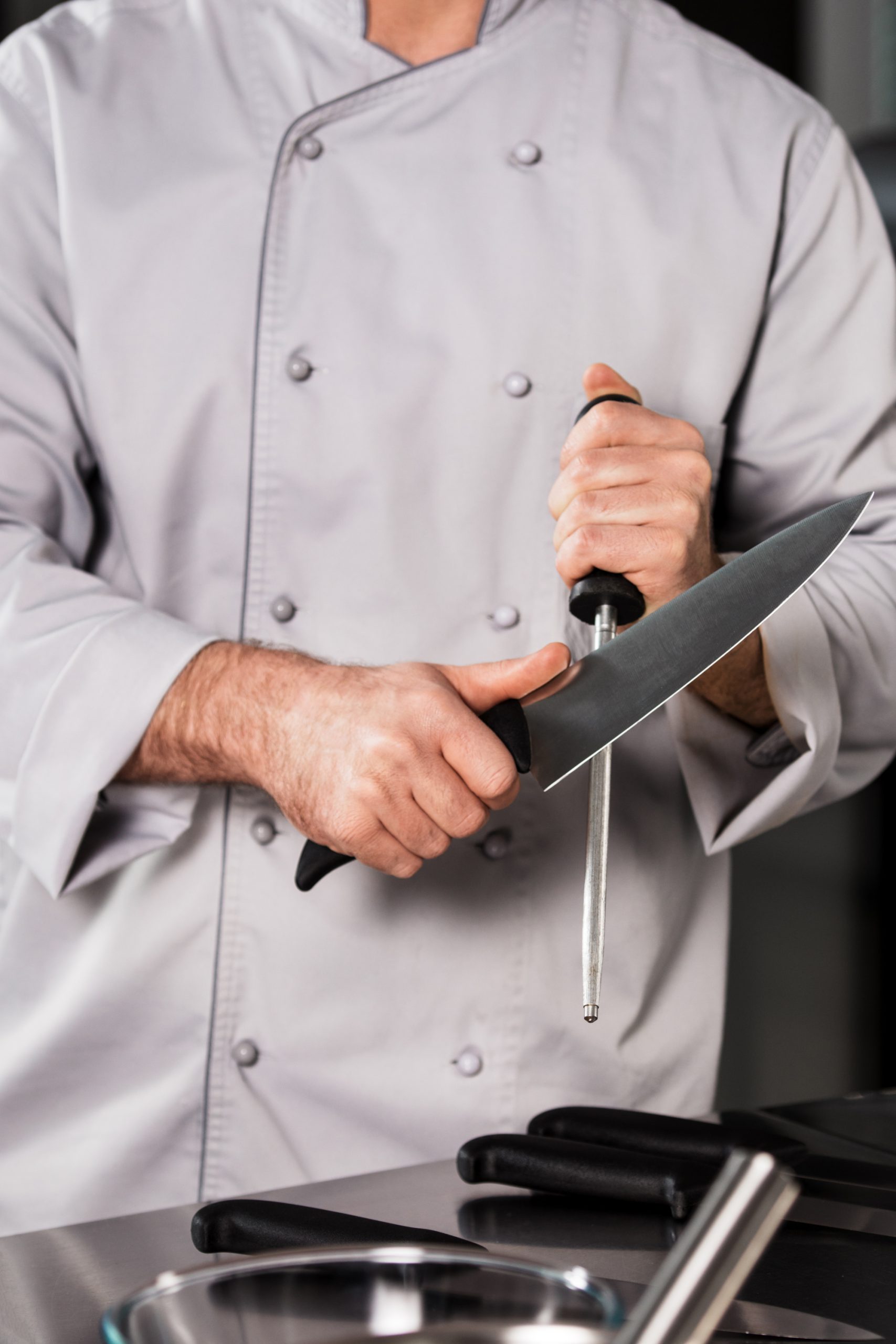
The last word
A great set of kitchen knives is your most trusted ally in the kitchen, and the dynamic trio of a chef’s knife, a paring knife and a serrated bread knife will have your back on just about every task. Investing in individual, high-quality knives can make all the difference in how much you enjoy cooking, so it’s worth investing in the best versions you can afford of the few knives you really need and use.
Shop knives by clicking the photo.
Read more of my lifestyle content.
- Toasting Pecans – Mastering the Technique
- Meat the best: Top 5 steaks perfect for grilling
- St. Louis Zoo: A safari in Forest Park
- 12 easy baking powder substitute options
- 10+ Boozy 21st Birthday Gift Ideas in 2023
- How to prep cook and store fresh basil
- Only 3 wine glasses you need
- Whisk your partner away: 7 must-visit places to stay in Napa
- Loudon County BBQ Trail
This article first appeared on Food Drink Life.
